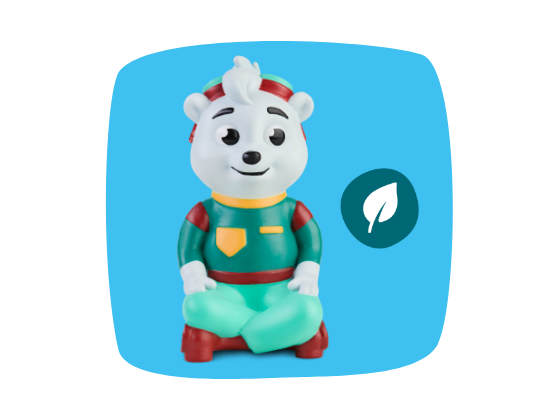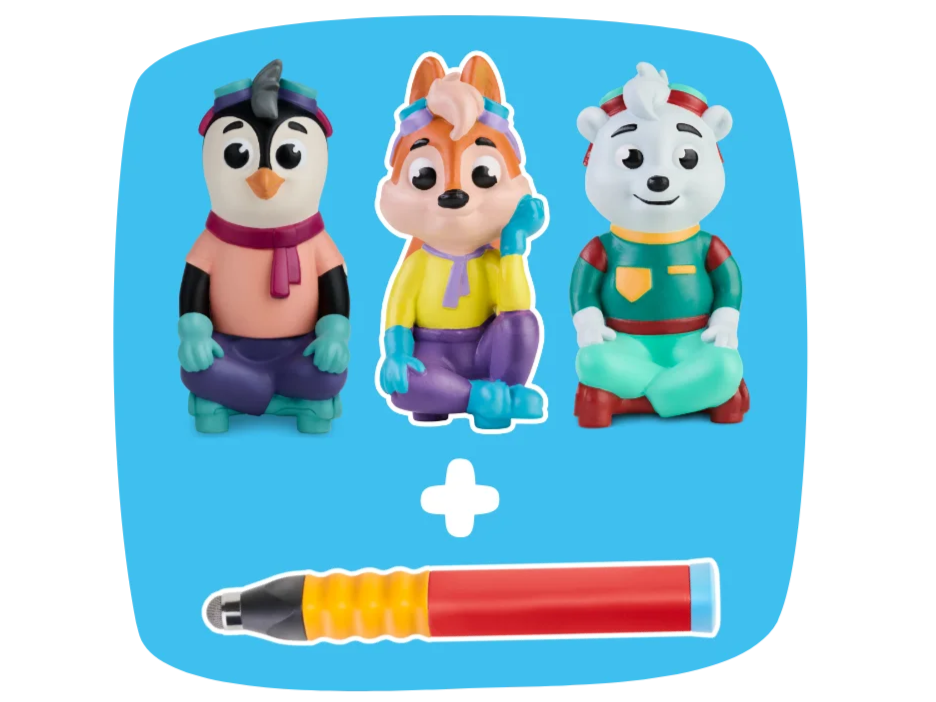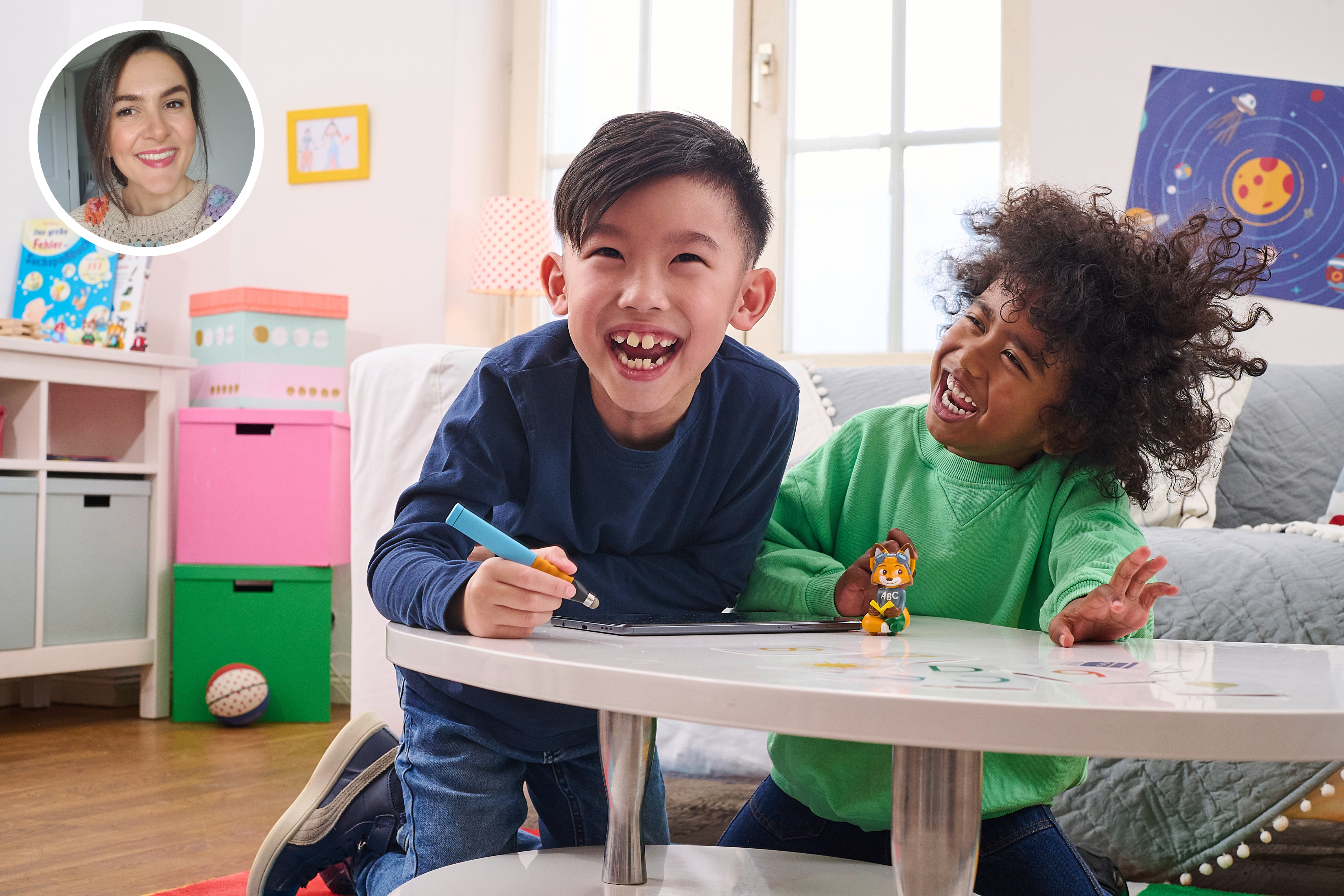Big emotions in little people: What to do when your child freaks out?
Let's be honest: You don't exactly feel like a calm adult when your child is lying on their stomach in the supermarket, screaming just because the toast was cut into triangles instead of squares. If you've ever calmed your raging child in Tesco with a vegetable stick, congratulations, you're definitely a parent.
Children have big feelings – and they show them. Often loudly. And happily in public. In the long run, you want to teach them how to deal with these feelings. In the short term, you just want to get everyone out of the house with their shoes on and their pride somewhat intact.
So what do you do when your child completely loses control? How do you help them become emotionally strong—without losing your temper yourself?
1. Perceive first, don’t solve immediately
In a powerful TED talk, psychologist Susan David discusses the Zulu greeting sawubona, which means: “I see you—and in seeing you, you exist for me.”
Here's what you can remember for meltdown moments: You don't have to solve the problem immediately—just see your child first. Say something like:
"You're really angry right now. I can understand that."
This won't stop the screaming immediately, but your child will know that his feelings are safe with you.
2. Let go of the compulsion to be positive
"Today, normal feelings are often judged as good or bad," says David. "And being positive is considered morally superior."
No one expects you to be in a great mood after three hours of sleep. But it helps your child enormously to know that it's okay to be angry, sad, or frustrated sometimes.
Instead of “You’re okay!” or “Now stop crying!” say:
"I see you're sad. Would you like a hug or some peace and quiet?"
(Tip: In the supermarket, sometimes an ice cream and a big hug help. That's not weakness—it's clever improvisation.)
3. Be the calming influence – or at least pretend to be
It's difficult. You're running late, your child caught you with their backpack, and your stress level is at its peak. But: Children learn emotional self-regulation by seeing it with us.
Breathe deeply, speak calmly, and physically shrink yourself. Say something like:
"This is really hard for you right now. I'm here. Want to breathe together?"
Or say nothing at all – get down to eye level and show calm and confidence with your facial expressions.
And: You won't always get it perfect. And you don't have to.
4. Short-term calm vs. long-term development
Susan David sums it up:
“Difficult feelings are a part of life… Unpleasantness is the price of a meaningful life.”
Your child is learning that feelings are normal—and they can be overcome. You are their training ground for this.
But in real life, sometimes you just want to get to daycare on time without spending half an hour discussing socks.
Either way is okay. You're doing well.
5. Choose the right moment (spoiler: not in the supermarket)
No one will learn anything in the middle of the drama in aisle four. Emotional development happens later—when everyone has calmed down.
Then you can say:
"Remember when you were so angry about the jacket earlier? That was pretty hard. What could you do differently next time?"
Practice helps. And above all, connection helps. The more your child feels seen, the more confident they will be in expressing all their feelings.
Summary:
-
Your child's strong emotions do not make you a bad mother or father.
-
An ice cream to calm down is not a surrender.
-
And every time you pause, take a deep breath, and say, "I see you," you're giving your child emotional strength for life.









